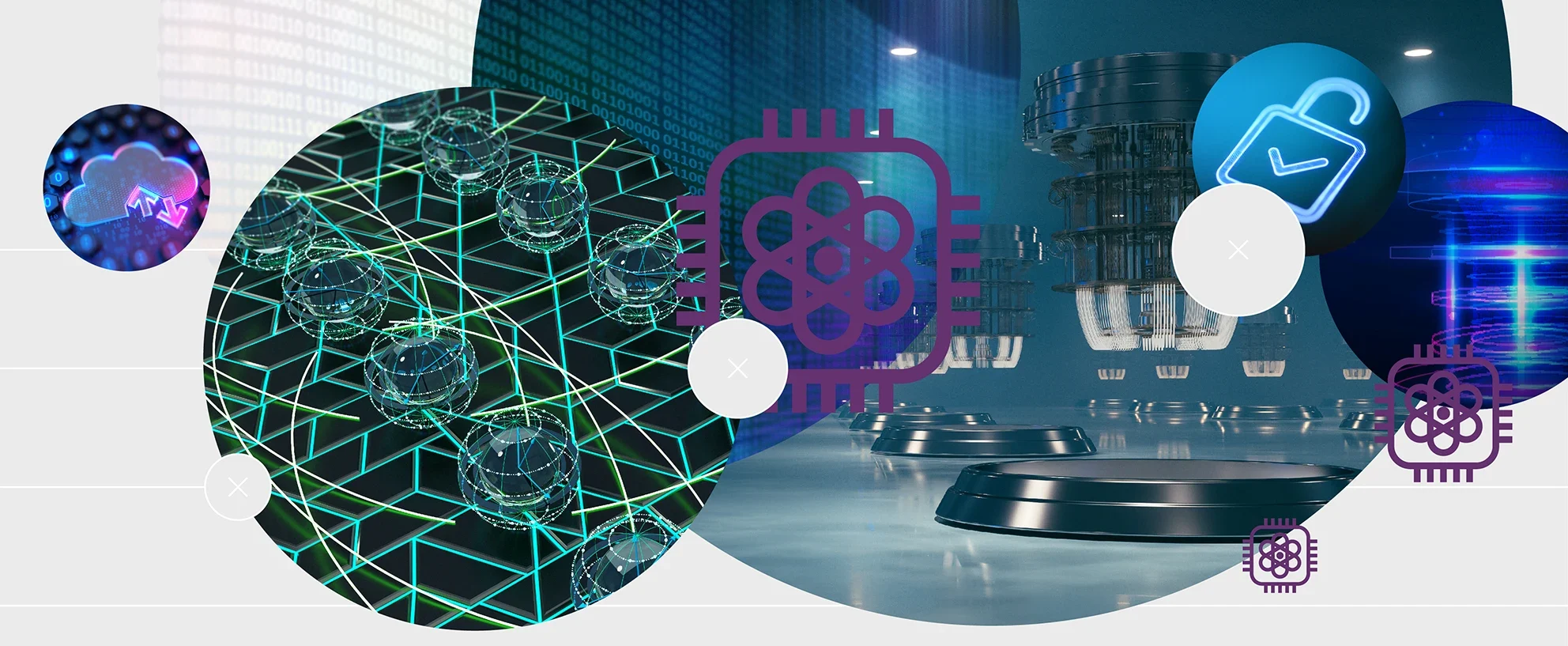Because quantum computing is most useful at scale, it is important that the qubits are available in large numbers, connected to each other in low-noise (and thus low-error) configurations. A range of hardware approaches exist: superconducting qubits; neutral atoms; trapped ions; photonics implementations; spins-in-silicon; diamond nitrogen-vacancy centres and several more. There is also a range of architectures: some are based on digital logic gates, others are analogue implementations. All of them have advantages and disadvantages, depending on the envisaged application. As yet, there is no consensus on which approach, or approaches, will ultimately achieve useful quantum computing that goes beyond what is classically possible. The era of useful quantum computing will likely see a wide-ranging set of options used, with each one suited to different kinds of tasks, running algorithms designed to take advantage of the hardware’s specific features and capabilities.
There is currently no metric by which the various hardware approaches can be compared, but many of them are now sufficiently advanced to allow on-site or remote access (via the cloud) to interested parties. This has created a positive feedback regime, where users are contributing to design and performance improvements. However, the machines and design principles that currently exist are likely to be only a bridge to better future approaches, so there are good scientific and economic reasons for holding off on scaling up many of the current systems. However, there are plans to deliver a fault-tolerant superconducting quantum computer capable of executing 100 million quantum gates on 200 logical qubits by 2029.10 This would be a tangible benchmark for scalable quantum advantage.



